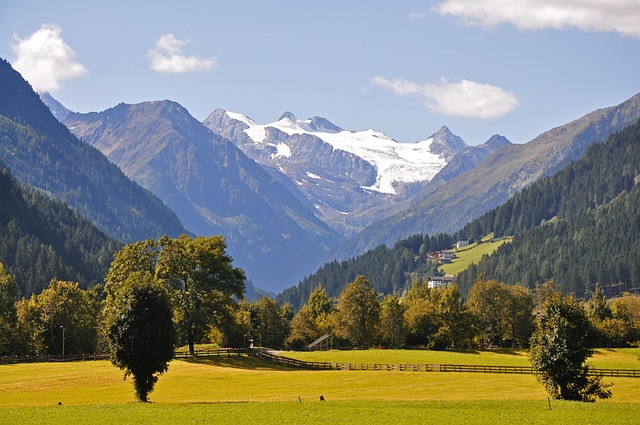Family parks and community centers are transforming real estate development by enhancing community living and boosting property values. These green spaces, with amenities for all ages, foster a sense of belonging and increase neighborhood appeal, attracting families and driving market trends. Developers strategically incorporating these recreational hubs into plans can elevate the quality of life in a community, aligning with growing demands for well-being and sustainable urban living. By shaping vibrant, connected communities, these parks influence real estate market dynamics and contribute to the overall desirability of properties.
Family parks and community centers play a pivotal role in modern real estate development, enhancing urban living and driving property desirability. These spaces foster strong communities, provide recreational opportunities, and contribute significantly to neighborhood well-being. This article explores the impact of family parks on real estate, delves into the importance of community centers, and highlights how integrated recreation spaces can revolutionize urban landscapes. Discover why these amenities are essential for both developers and residents alike in today’s competitive real estate market.
The Role of Family Parks in Real Estate Development

Family parks have emerged as integral components of real estate development, enhancing community living and property values. These green spaces offer a range of amenities catering to all ages, from playgrounds for children to exercise paths for adults, fostering a sense of belonging and community interaction. The presence of family parks not only adds aesthetic appeal but also increases the desirability of residential areas, attracting families and boosting real estate market trends.
Incorporating these recreational hubs into development plans can be a strategic move for developers, as they contribute to the overall quality of life in a neighborhood. With the growing emphasis on community well-being and sustainable urban living, family parks have become key selling points for real estate projects, driving market demand and shaping the future of vibrant, connected communities.
Community Centers: A Vital Asset for Neighborhoods and Real Estate Values

Community centers serve as a vital asset for neighborhoods, fostering a sense of belonging and enhancing social cohesion. These spaces cater to diverse activities, from fitness classes and youth programs to community gatherings and cultural events, thereby promoting healthy living and intergenerational connections. The presence of well-maintained community centers can significantly boost real estate values in the surrounding areas. Homebuyers often view these facilities as indicators of a thriving community, increasing their interest and willingness to invest in the neighborhood.
Moreover, community centers play a crucial role in empowering local residents by providing access to resources and opportunities. They serve as hubs for educational workshops, job training programs, and volunteer initiatives, empowering individuals to upskill, connect with their communities, and contribute to their neighborhoods’ overall well-being. This multifaceted approach not only strengthens the social fabric but also contributes positively to real estate markets by creating desirable and vibrant living environments.
Integrating Recreation Spaces: Enhancing Urban Living and Property Desirability

Integrating recreation spaces is a strategic move that can significantly enhance urban living and property desirability in the real estate market. Parks and community centers serve as vibrant hubs, fostering social connections and promoting active lifestyles among residents. By incorporating these spaces into urban designs, cities can create an appealing environment that attracts families, young professionals, and retirees alike. The presence of well-maintained parks and community facilities increases property values, makes neighborhoods more attractive, and contributes to a sense of community.
These recreational areas offer numerous benefits beyond entertainment. They provide opportunities for exercise, stress relief, and outdoor education. Well-planned parks with diverse amenities cater to different age groups and interests, ensuring that every resident has a place to unwind, connect with neighbors, or pursue hobbies. This integration of recreation spaces into urban landscapes not only improves the quality of life but also stimulates local economies by boosting property values and attracting businesses seeking desirable locations.






